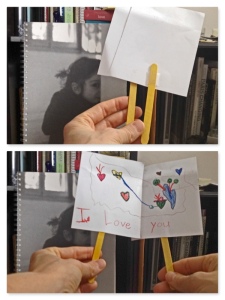They are more alike than you might think at first glance!
According to the Edison Innovation Foundation, Thomas Edison once said:
“I find out what the world needs. Then I go ahead and try to invent it.”
Given the chance, any kindergartener would say that! Ok, perhaps they wouldn’t say “what the world needs” but they surely would say “what I need” or “what my friends need” or “what my dog needs.” They are natural problem-finders, and problem-solvers!
Like Edison, they are constantly observing, investigating, wondering, and asking questions. This, coupled with their imagination, and a rather intense desire to have things that do not yet exist, often leads them to a plethora of problem-finding. This car I just made is too long. We need a zip-line on the playground. Why don’t we have a container that holds all that stuff?
They often also share Edison’s intense confidence, boundless energy, imagination, and love of tinkering. Given the opportunity, time, resources, and a little encouragement, they create many prototypes as they engage in focused and determined problem-solving.
One of my kindergarteners recently discovered a problem she deemed worthy of her thought, time and energy. “How can you open a card without touching it?” Hmmmm …

“Add some handles!”
We might be inclined to relegate this to the “ah, isn’t that cute” category. While it is cute, it is so much more! It is sophisticated problem-finding and problem-solving. This student took her present knowledge – about cards, sticks, handles, tape, hands – and thought about it in a new way. She used that knowledge to envision something as yet non-existent – a card you can open without touching it. She then took the materials available to her, and used them in novel ways to solve her problem. She created a card with handles. And, it can even be place in an envelope.
Finding problems, thinking divergently as well as convergently, tinkering, testing, and finally, problem-solving are important skills and habits. My fingers are crossed that my students will continue in this way, and one day say, with Thomas Edison “We found out what the world needed, and we went ahead and invented it!”
Resources:
Edison Innovation Foundation http://www.thomasedison.org/




